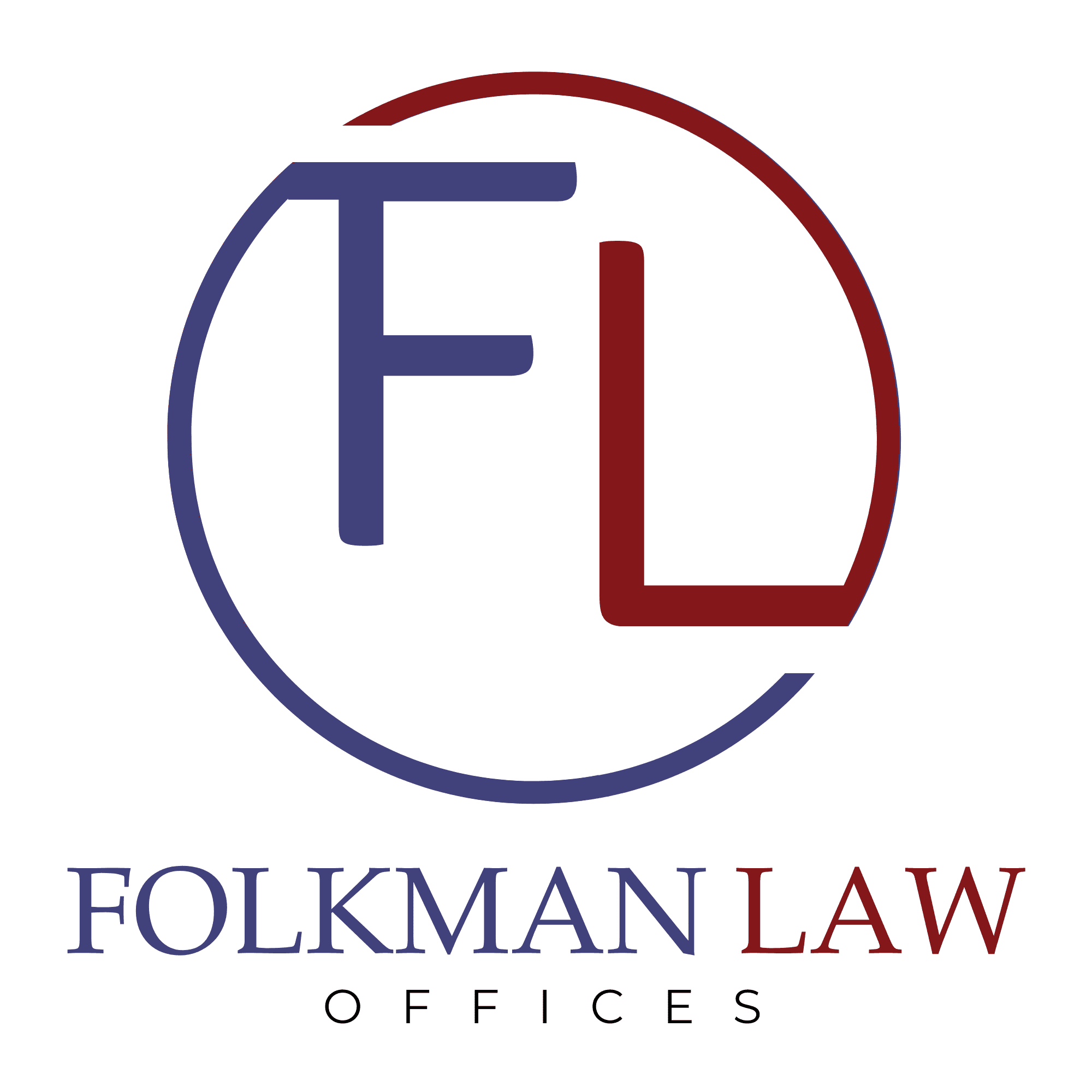Car accidents are one of the most common ways in which people suffer serious injuries that result in extensive medical care. If you were injured in a car accident that was caused by the negligence of another person, you may be entitled to compensation.
In order to ensure that you can prove your case and obtain the maximum compensation that you are entitled to, it is important that you preserve important evidence for your attorney to use in a potential lawsuit. The best time to begin documenting and preserving evidence is immediately after the car accident (after everyone has received medical attention). Not only are certain elements of the process directly available, but also, everything is still fresh in your mind.
Try to keep documentation and other evidence in a single location, like a binder or an accordion folder. Be sure to keep it in a place where it will not be susceptible to water or other damage. For documents, pictures, and other evidence, consider creating a backup record by scanning each item to develop an electronic file version. This can be helpful if the physical copies get lost or destroyed. If you have photos on your phone, upload them to the cloud or email them to yourself, so you cannot lose them should something happen to your phone.
Police Reports

Report the car accident to the police and obtain a copy of the police report. The police report can contain and preserve key evidence: witness statements, names, contact information, factual findings, determinations of fault, and whether any driver was given a ticket or arrested. This information is easy to forget, misremember, or lose track of later, so having a copy of the police report can be crucial to preserving these important details.
Witnesses
Many times there are witnesses or bystanders who respond to an accident scene immediately after a collision. Often, police reports include witness statements. However, not all witnesses stay at the scene until the police arrive and assuming that police officers will obtain contact information for witnesses can be a mistake.
If a witness has a business card handy or a driver’s license that you can photograph, taking photos of those items is preferable to taking down the information by hand, but use your best judgment. Where witnesses have stopped their vehicles, you may want to take photographs of their vehicles and license plates. In areas where there are shops, stores, or restaurants, take photographs of these establishments in case one of the employees can serve as a witness or the business has outdoor surveillance.
In the event that a potential witness gives a questionable statement, take notes as to whether that person:
- Was not in an ideal location to view the entire accident,
- Did not observe the accident from start to finish,
- Was potentially distracted, such as by walking a dog or pushing a baby stroller,
- Has poor eyesight or hearing, or has memory problems, or
- Was intoxicated at the time of the accident.
Photos
Taking photos

Take pictures of any visible injuries while you are at the accident scene. As you heal over the next few days or weeks, take pictures of your injuries. Demonstrative evidence of the progression of your injuries can be an extremely effective way of showing how this accident affected you and your body.
- If you have a laceration that needs stitches, take pictures to show what the wound looked like before, with the stitches, and after stitches were taken out as scar tissue forms.
- If you have bruising or burns, take pictures of the bruise or burn as it goes through various degrees of discoloration. Some bruises will not appear until several hours after the accident.
- Fractures often require casts, braces, crutches, etc., so take photographs of everything that you were forced to use in order to fully recover.
Take photographs of all vehicles involved in the accident. Try to include every side of the vehicles involved, as well as their license plate numbers. Avoid photographing small areas of the vehicles, as these pictures can be hard to identify after the fact. Remember to also photograph any damaged areas inside of the car, including the dashboard, broken seats, etc. If any personal items such as cell phones, eyeglasses, or laptop computers are damaged, also take photos of those items.
Photograph the accident scene as well. You should attempt to safely photograph any skid marks or debris left in the roadway. Photos of any signs, fences, or landscaping that are damaged due to the accident should also be taken. Take pictures of where the other driver was coming from and where you were coming from immediately prior to the collision so as to give a vantage point to someone not familiar with the locale. This may be a situation where videos would be more helpful, but start by taking photographs and then switch to videos if necessary. If the accident occurred at night, go back the next day and take pictures of the scene in daylight.
Medical Records
Keep copies of all your medical records following the accident. Not only do you want records of hospital visits immediately following the accident, but also you need records of each return visit for every injury. Keep a record of every medical provider that you treat with an every pharmacy from which you obtain a prescription. Your attorney will need to be able to request your medical records should you pursue a lawsuit.
Take Notes
Keep your own personal notes

Contact an Experienced Car Accident Lawyer
If you or someone you know has been injured in an accident, contact the experienced car accident lawyers at Folkman Law at 856-354-9444 or submit an online form. We can help you determine your next steps. Our offices are in Cherry Hill, New Jersey and Philadelphia, Pennsylvania, and we serve clients from the surrounding areas.


